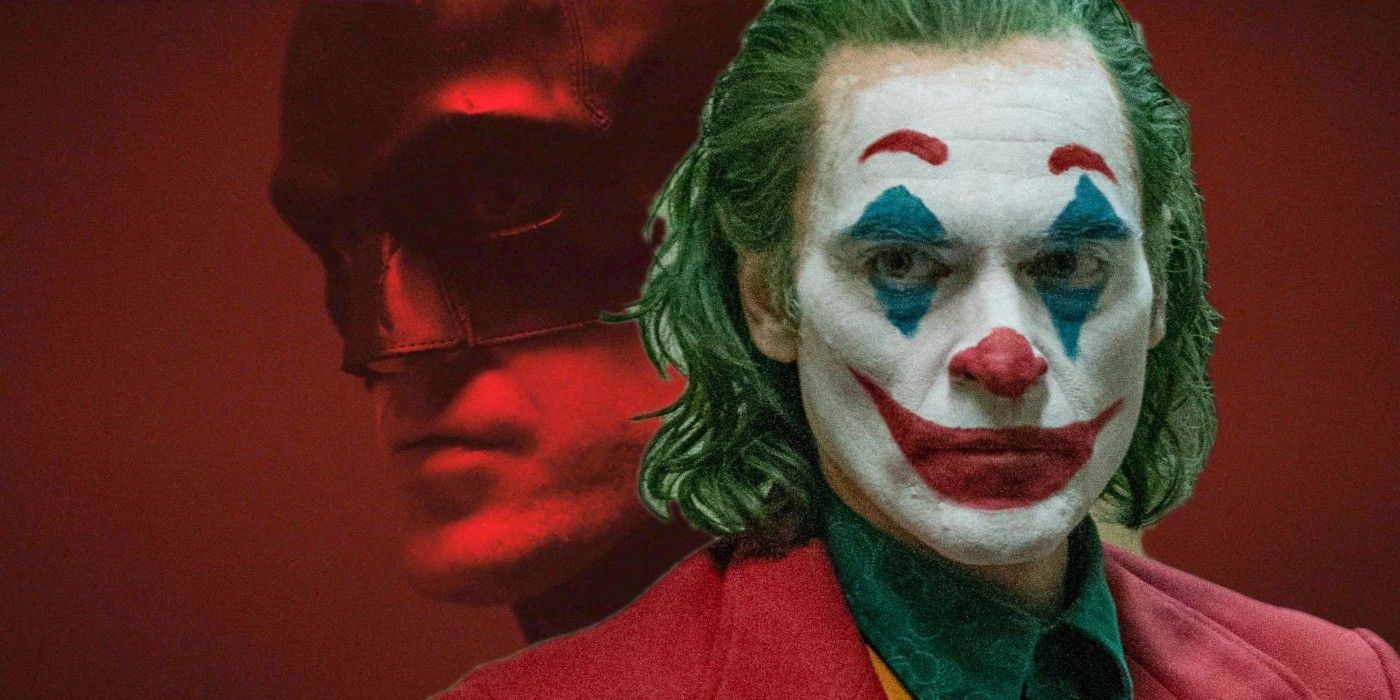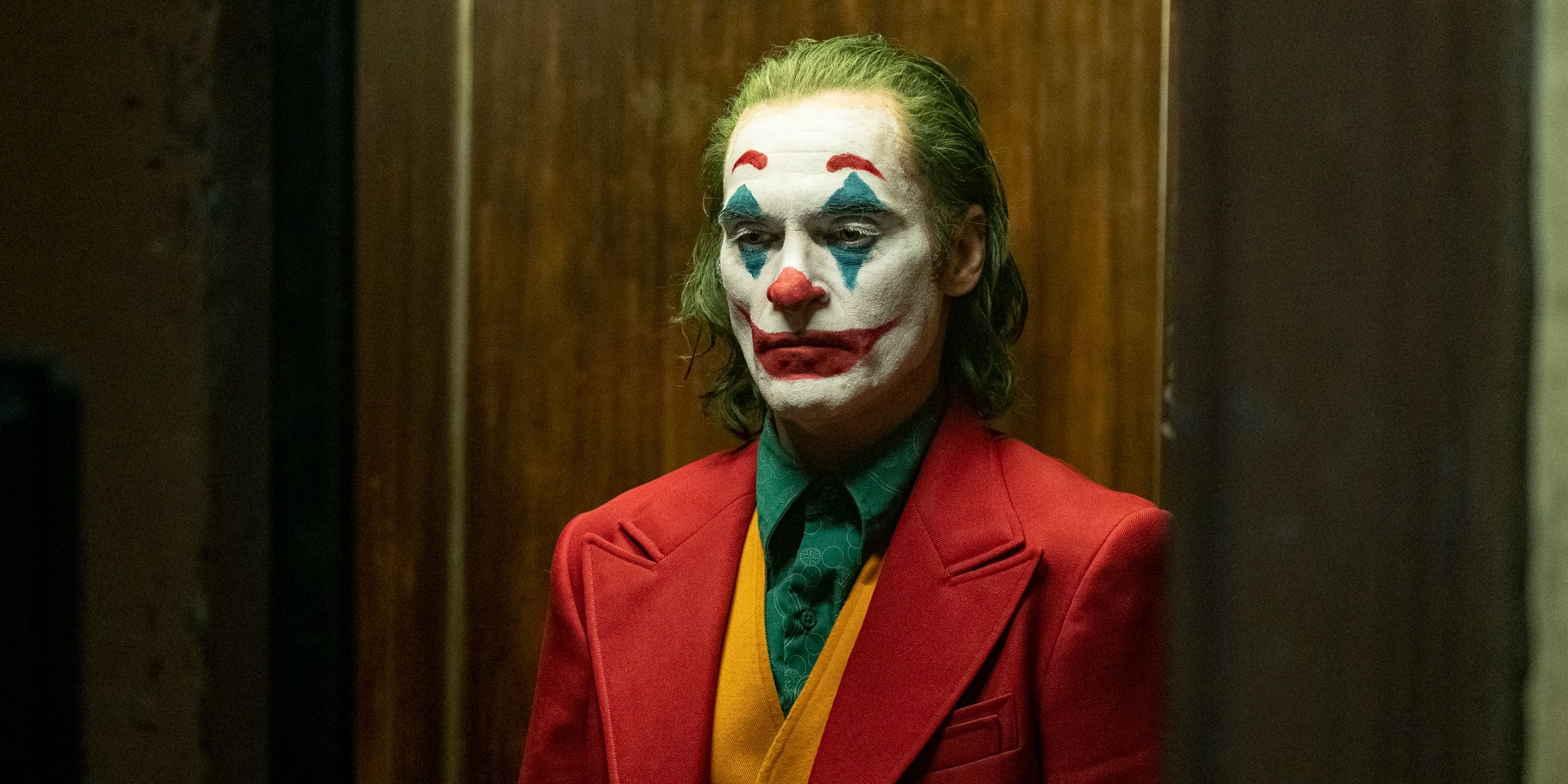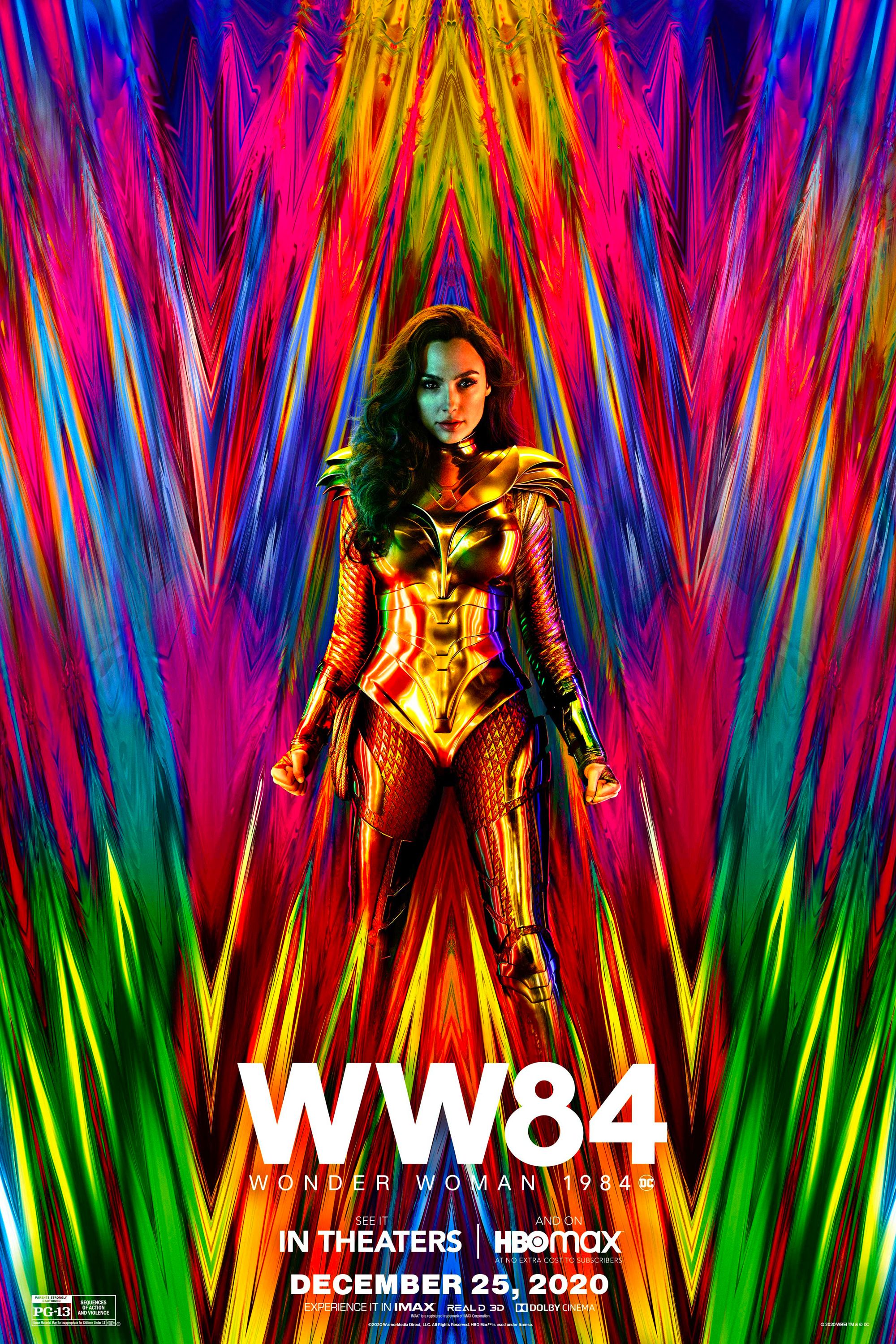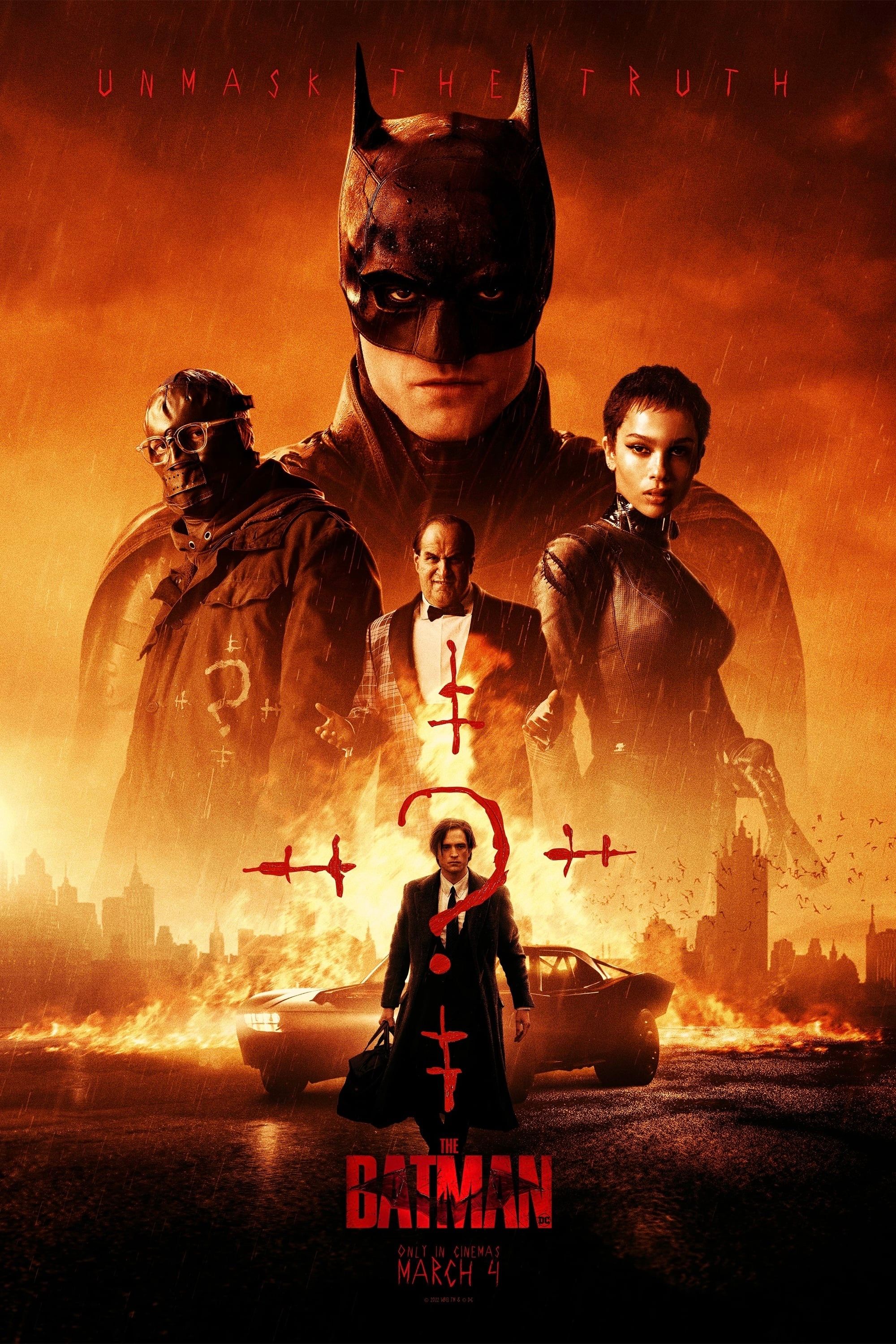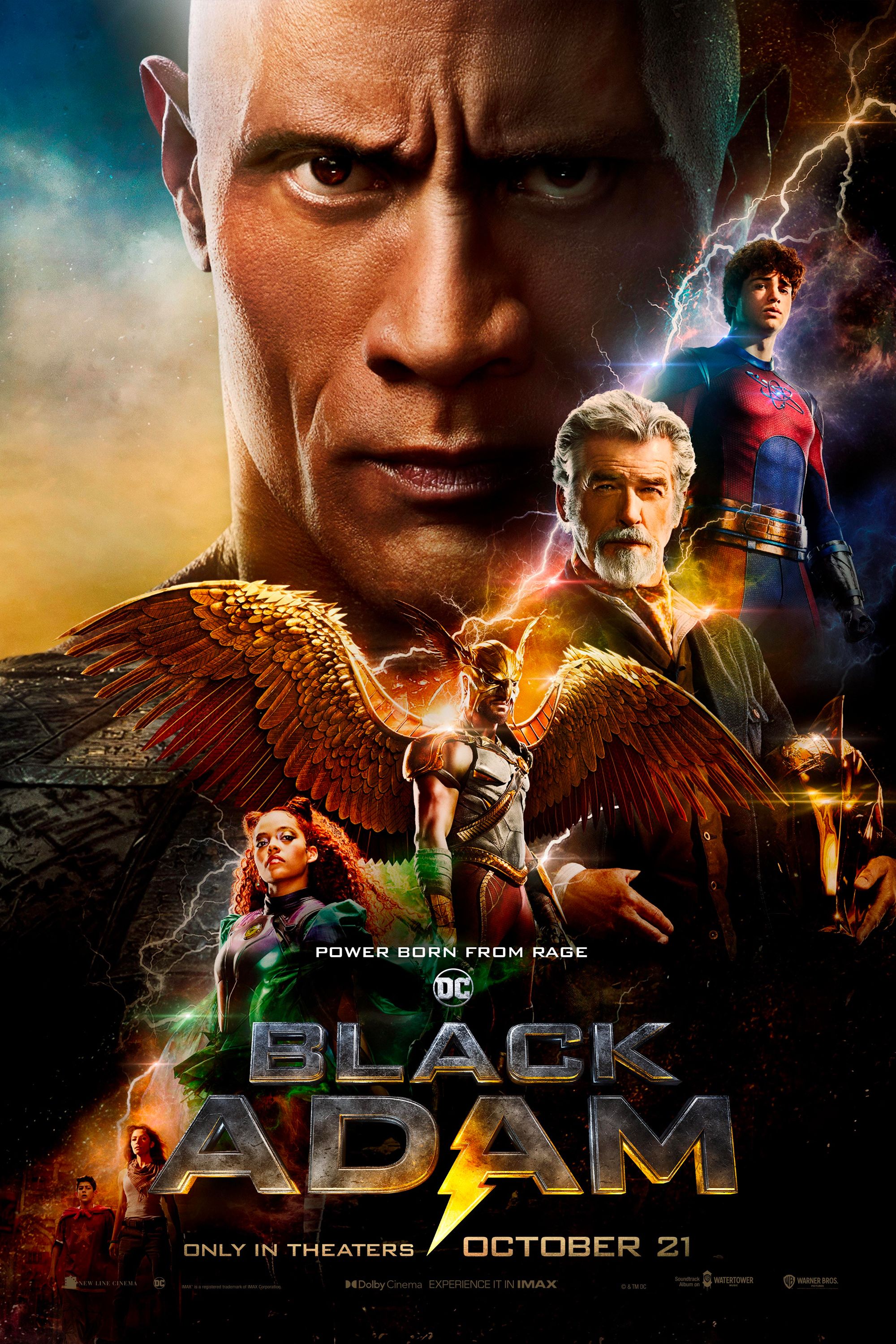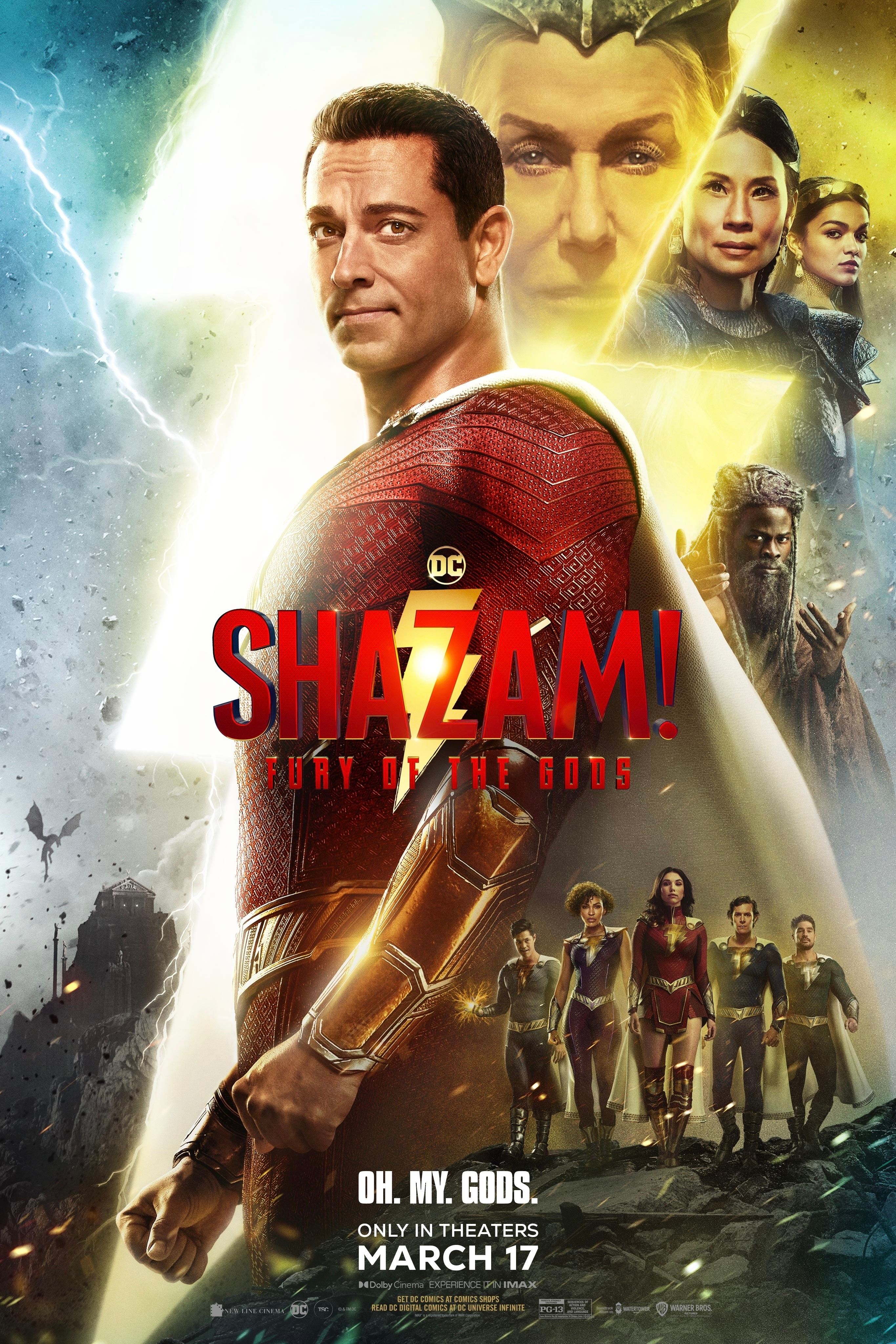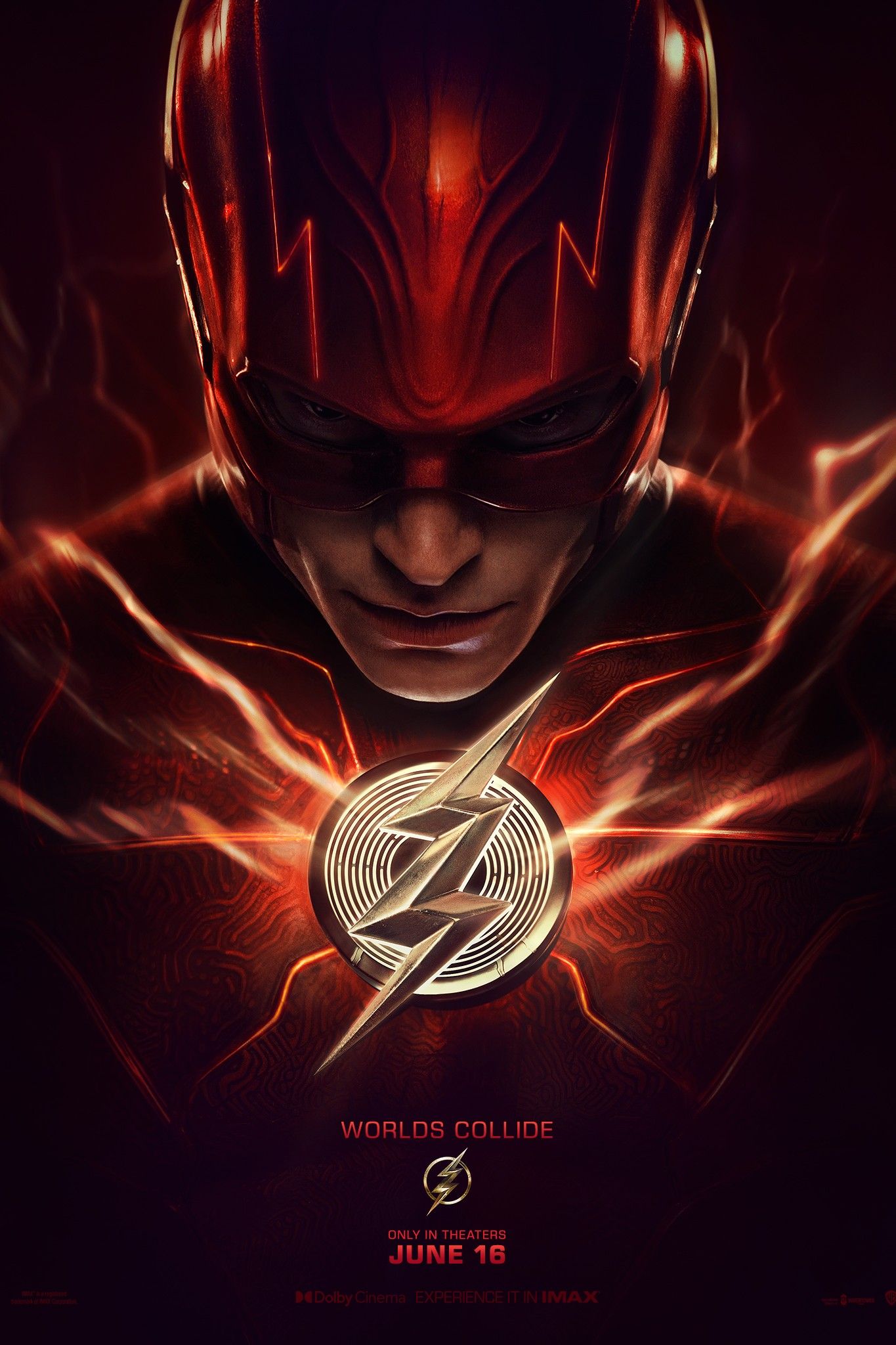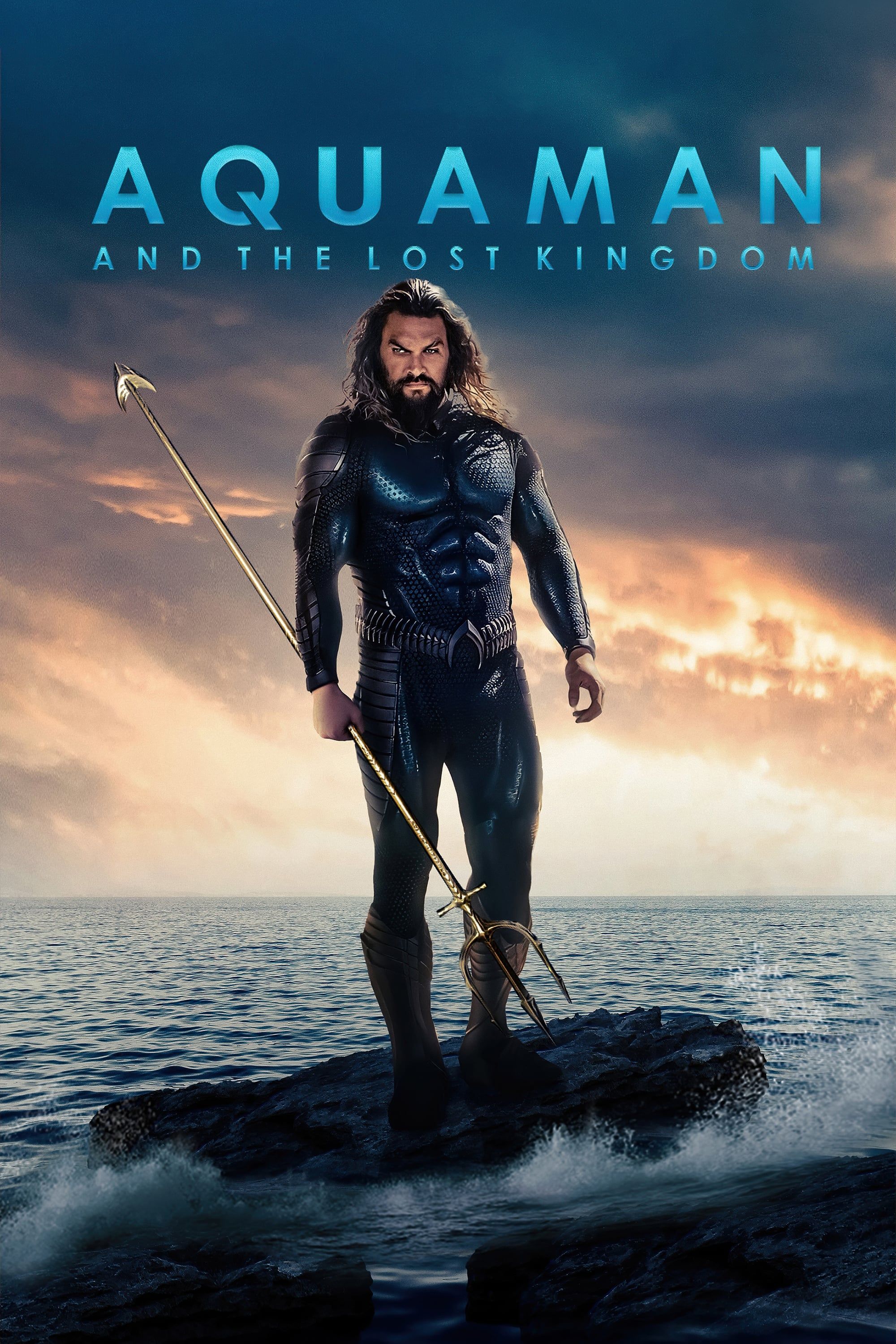The Batman could potentially introduce Arthur Fleck from Joker in its post-credits sequence - here's how. Directed by Matt Reeves, The Batman is currently scheduled to release in 2021 and will mark the debut of Robert Pattinson as Gotham's top vigilante. Although Reeves has confirmed The Batman won't be an origin story, it's clear from the images released so far that viewers will meet the new Dark Knight at an early stage in his crime-fighting career, and various reports from on-set have indicated a 2000s setting. With Riddler, Penguin and Catwoman all confirmed to appear, it's highly unlikely that The Batman will play its Joker card in the main film, whether that be a version fans have seen before or a brand new actor.
Released in late 2019, Todd Phillips' Joker was an anomaly on the superhero calendar. A low-budget, R-rated indie piece completely disconnected from the wider DC universe, Joker went on to attract plaudits and awards galore, while also cleaning up at the box office on its way to becoming the most profitable comic book movie ever. While nothing official has come to light, Joker's success automatically invited talk of a sequel, with Joaquin Phoenix reprising his heralded role as Arthur Fleck. Another option would be to integrate Fleck into an existing DC series, and The Batman is the obvious option.
As mentioned above, Joker almost certainly won't feature in The Batman's main story, but that doesn't mean a post-credits sequence can't set the villain up for a sequel, similar to how Batman Begins leads into The Dark Knight. After Pattinson's first Batman adventure comes to an end and the less-seasoned superhero fans have left the theater, The Batman's post-credits scene could begin by panning down the face of a large building, revealing a sign above the door that reads "Arkham State Hospital." The front entrance swings open and out comes a newly-released Arthur Fleck, clutching his belongings and timidly returning to the outside world with that trademark uncertain walk. Approaching the camera, Fleck surveys the Gotham City streets, and a menacing grin spreads over his face. The theater lights come up.
This ending would actually make more sense than one might assume, given that The Batman and Joker aren't officially connected at present. Joker takes place in 1981, and The Batman in the 2000s. It's within the realms of possibility that Fleck could be released after this 20-year period, either via appeal or a very good lawyer, and the character wouldn't be too old to trouble Batman either. Fleck's reappearance in this manner wouldn't even need to confirm how much of Joker was real - the Asylum scenes were legit, and that's all viewers need to know. Introducing Fleck would mean that The Batman could have its own Clown Prince of Crime without casting yet another actor, and would simultaneously appease calls for a Joker sequel. Vitally, Fleck's original cinematic downfall gives him a ready-made grudge against Bruce Wayne. The Batman and Joker are the only 2 modern DC movies not in any way connected to the DCEU; it's only logical to dovetail them into one distinct Batman series, minimizing confusing over the layout of DC's movie franchise.
As awe-inspiring as it would be if Arthur Fleck strolled into frame during The Batman's post-credits scene, his appearance would raise some issues. Reeves appears to be developing a reasonably dark take on the Bat-themed vigilante, but his film certainly won't match Joker's unflinching horror, meaning Fleck would have to be toned down somewhat. The Batman 2 would then have to find a way of retaining Fleck's menace and edge without upsetting film certification boards. More importantly, many Joker fans have argued that the film worked perfectly as a standalone venture, and any sequel would risk ruining the original. Bringing Arthur Fleck into the world of The Batman might have a similarly negative impact on the character's legacy.

